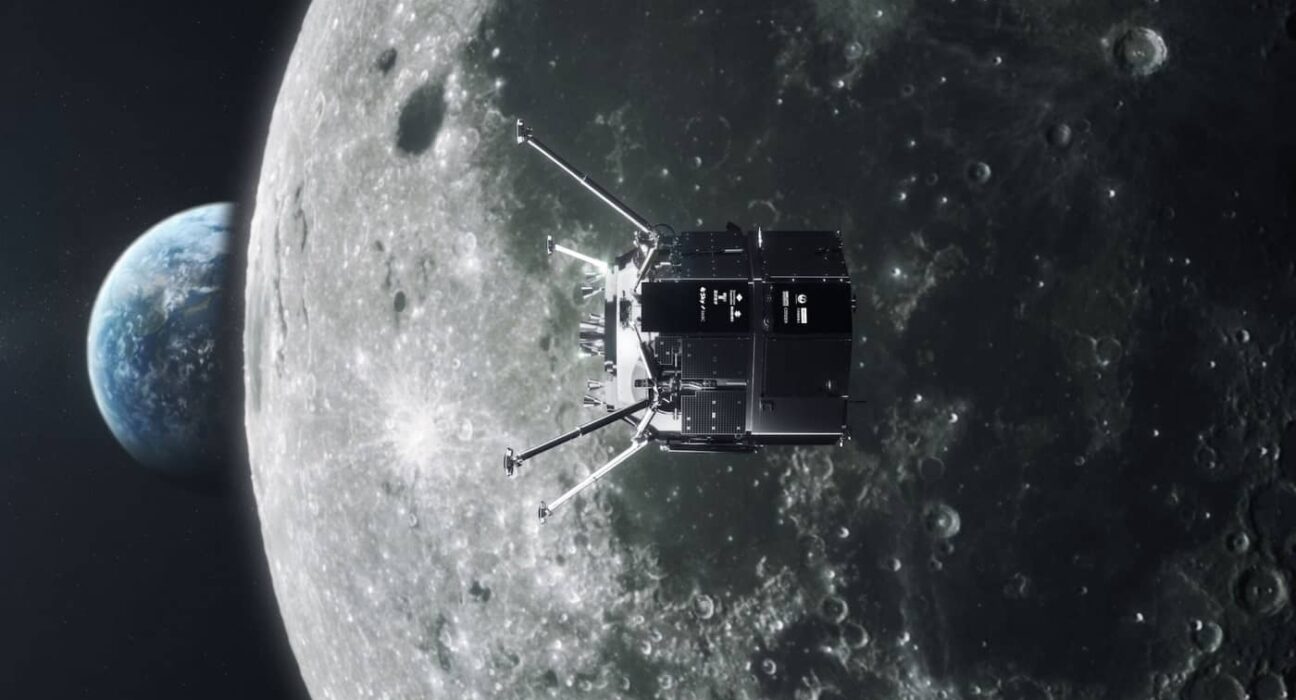After completing its analysis of the data from the unsuccessful Hakuto-R lunar landing, Japan’s private company ispace has concluded that difficult terrain and a last-minute alteration in the landing site are to blame. It appears that Hakuto-R successfully completed the entire deceleration phase in order to prepare for landing on the lunar terrain. When the spacecraft got to an altitude of around 100 km (62 miles), it started its descent procedure and was able to slow down until it was only traveling at less than 1 m/s.
However, despite still hovering at a height of about 5 kilometers (3 miles), the software on board had incorrectly estimated that it was at zero altitude. In other words, it believed it had landed when it hadn’t and kept descending toward the surface at a very sluggish speed until its propulsion system ran out of fuel. Though ispace was unable to make touch with the spacecraft once more, it believes it entered a state of free fall before crashing on the moon.
The company believes that the most likely reason Hakuto-R’s software had an altitude estimation problem was because it became confused. It went over a large cliff that was later discovered to be the rim of a crater while it was flying to its landing location. When the spacecraft went by the mountainous area, its onboard sensor recorded an altitude reading of 3 kilometers, which was reportedly higher than the Hakuto-R team’s predetermined estimate.
The software of the spacecraft mistakenly believed that the sensor had reported an incorrect number, thus it continued to ignore its altitude measurements afterward. As a safety precaution in the event of a sensor hardware problem, ispace included the capability to reject abnormal altitude measurements into the lander. However, it backfired for Mission 1 since the lunar environment was not taken into account when simulating the landing sequence. After Hakuto-R’s critical design evaluation was finished in 2021, ispace decided to alter the landing site.
The Hakuto-R Mission 1 was on track to become both the first Japanese lunar landing and the first moon landing by a commercial company. Despite not landing on the moon, ispace will use the mission’s data to develop the landing sequences for Missions 2 and 3, which are set to launch in 2024 and 2025, respectively.





